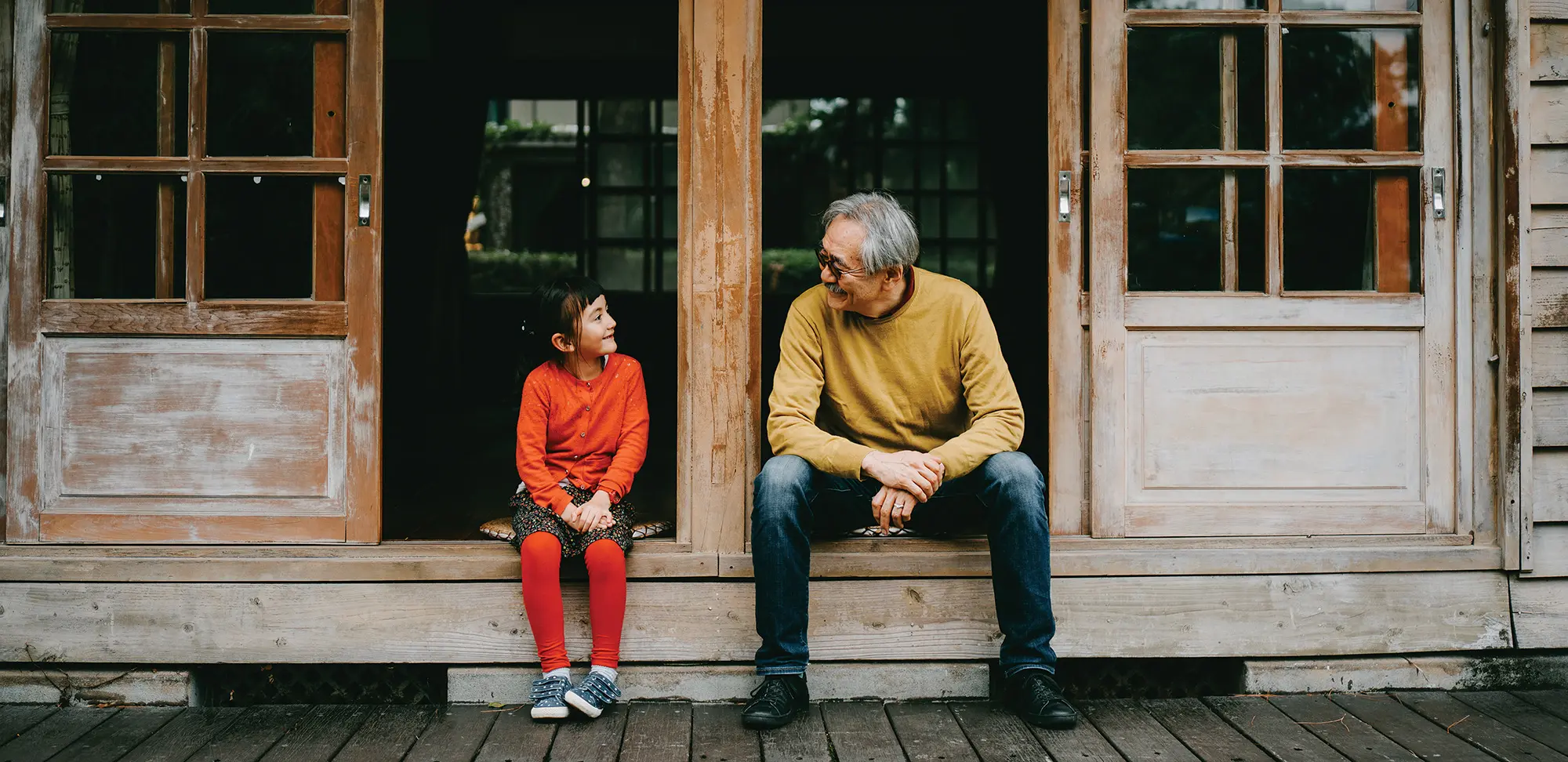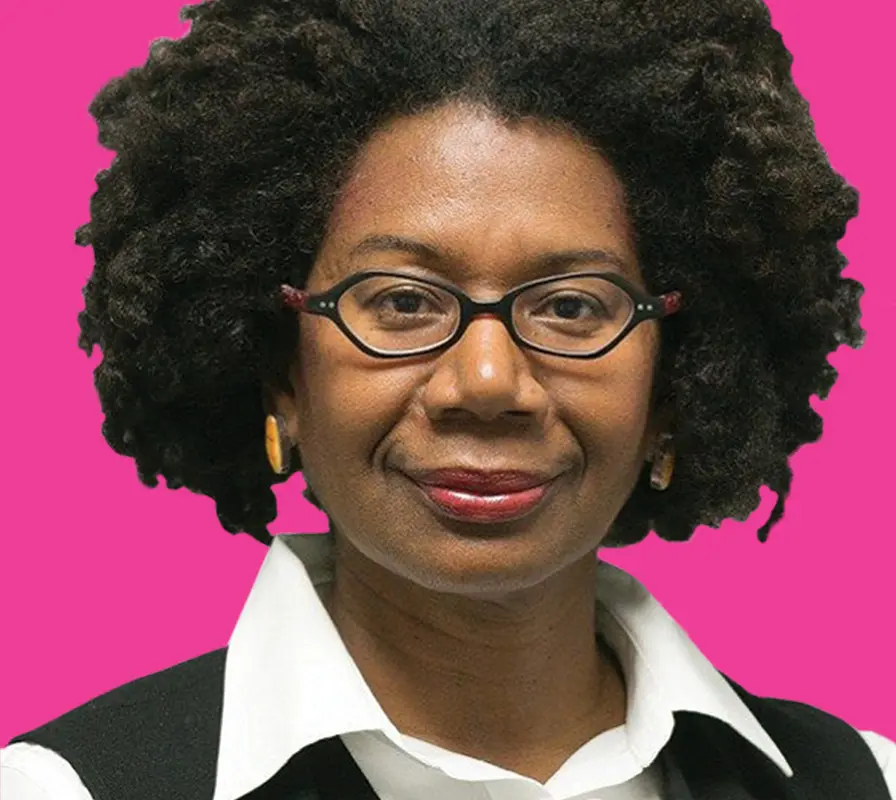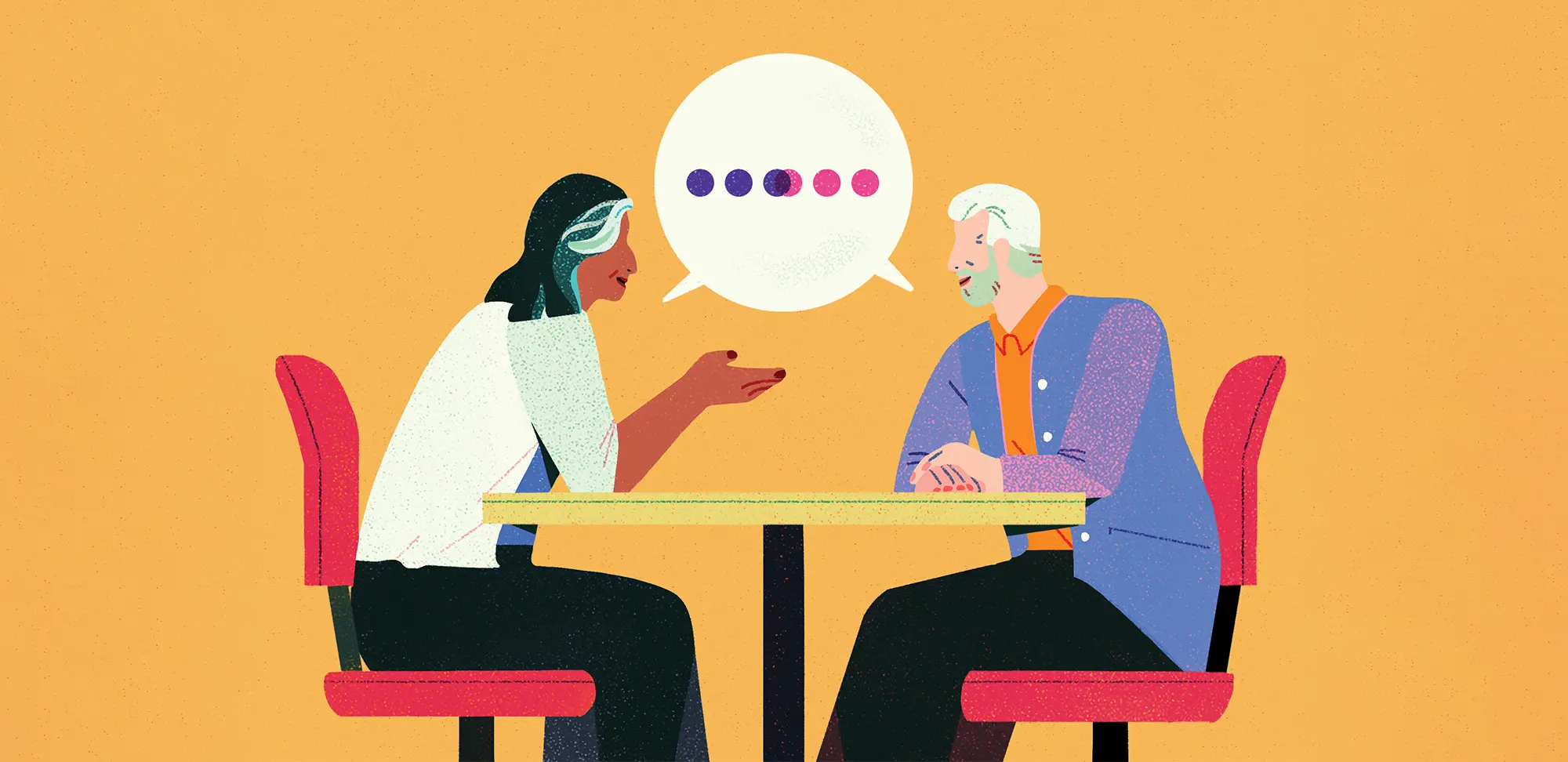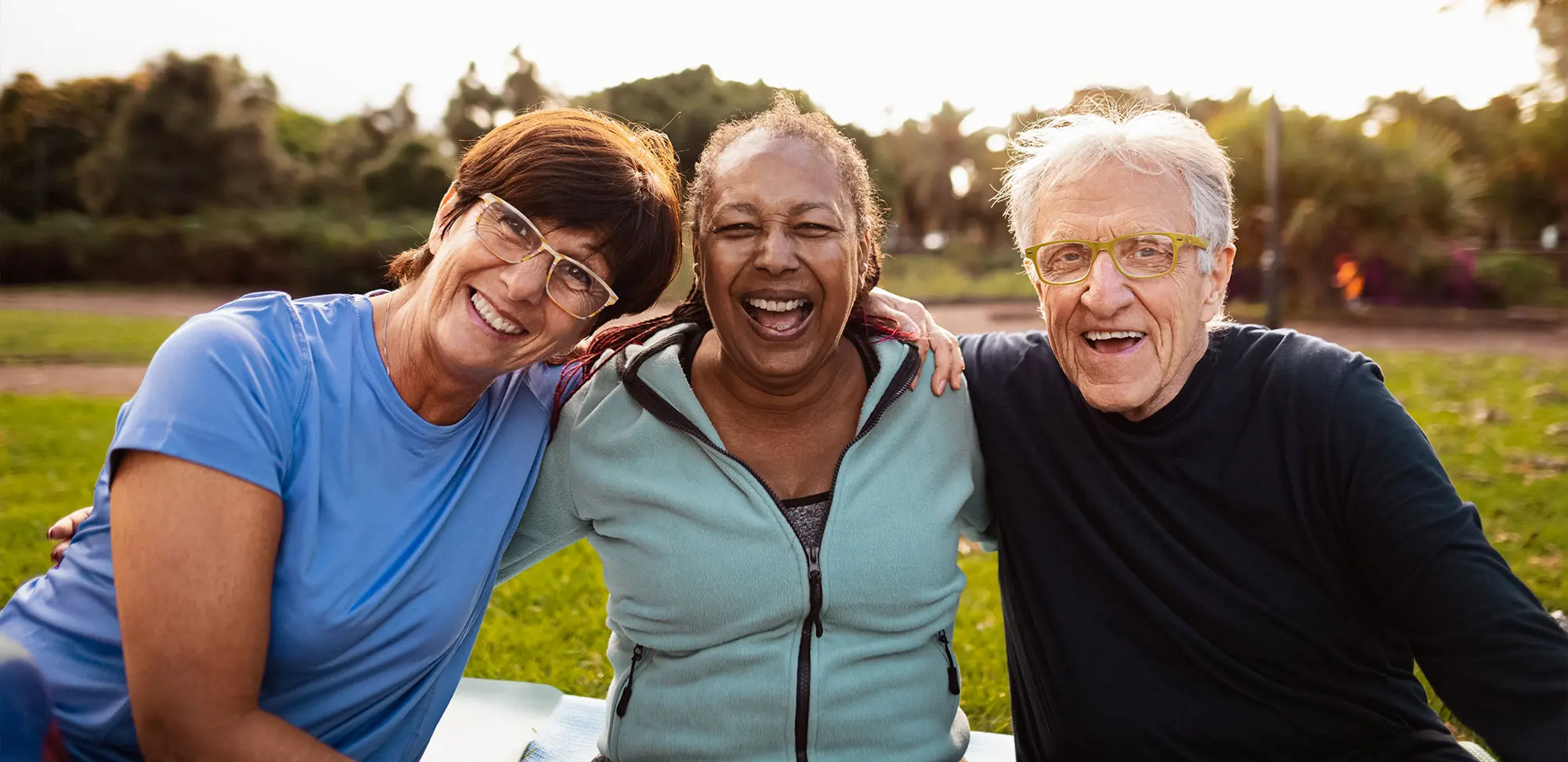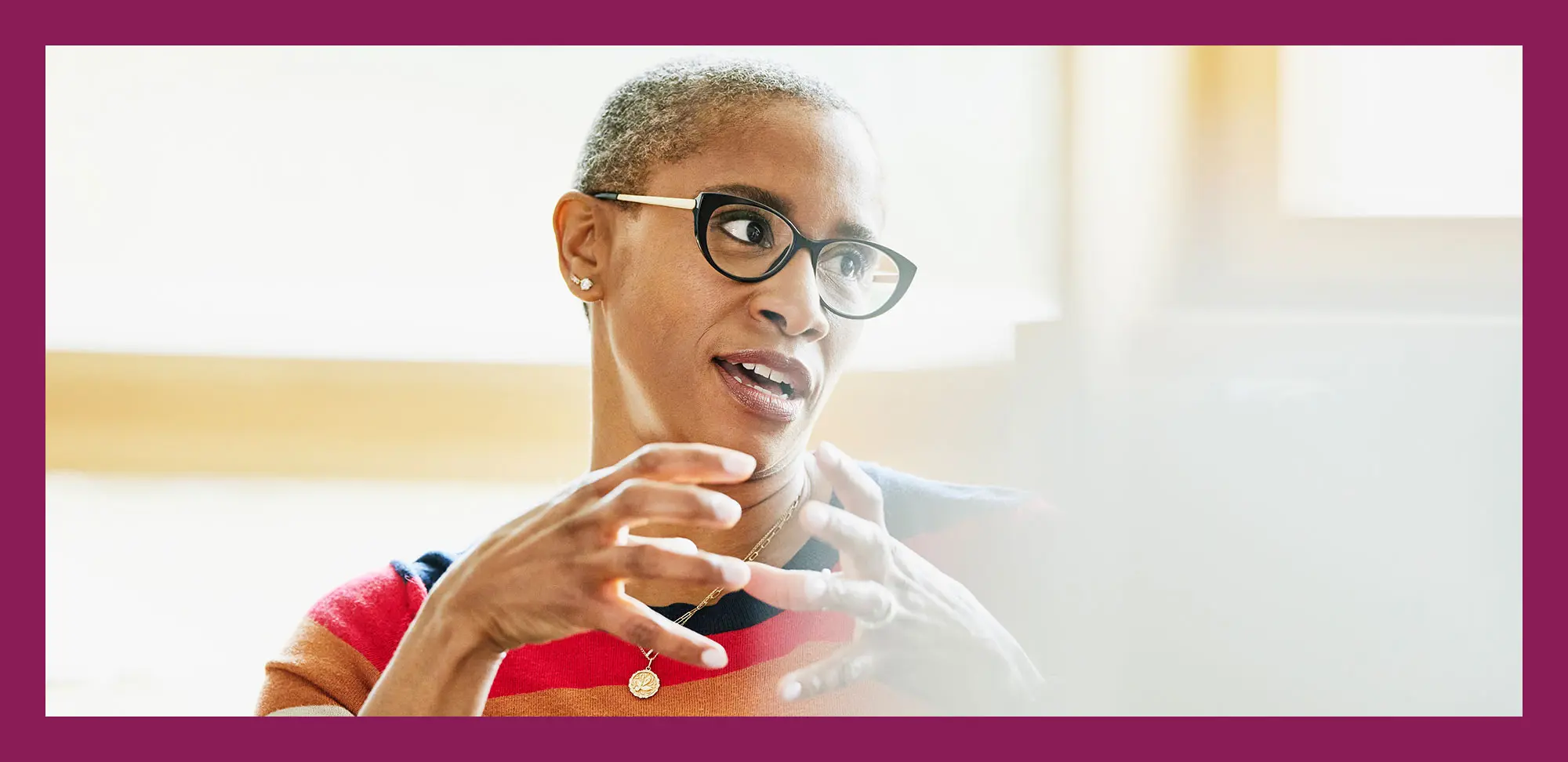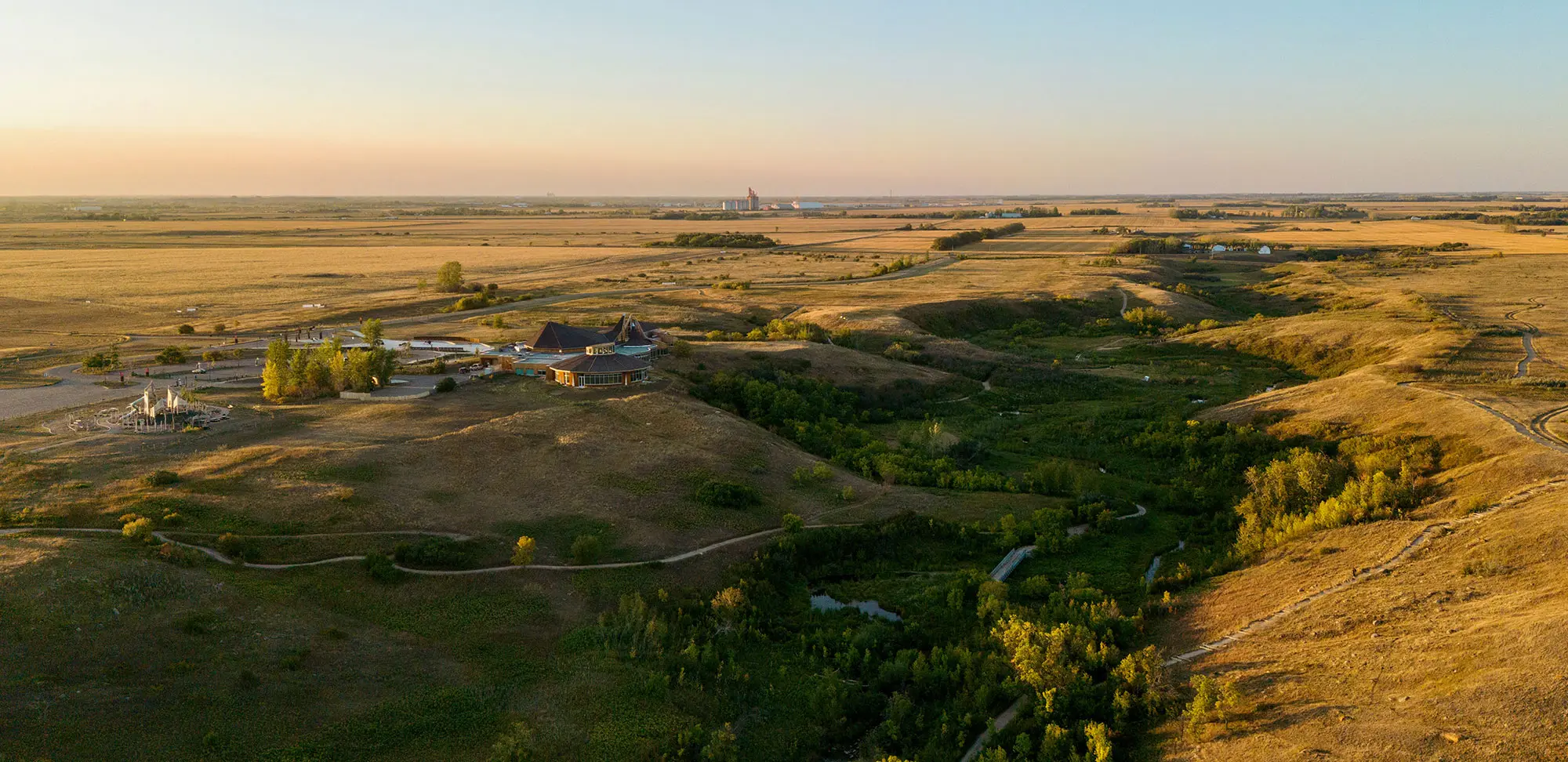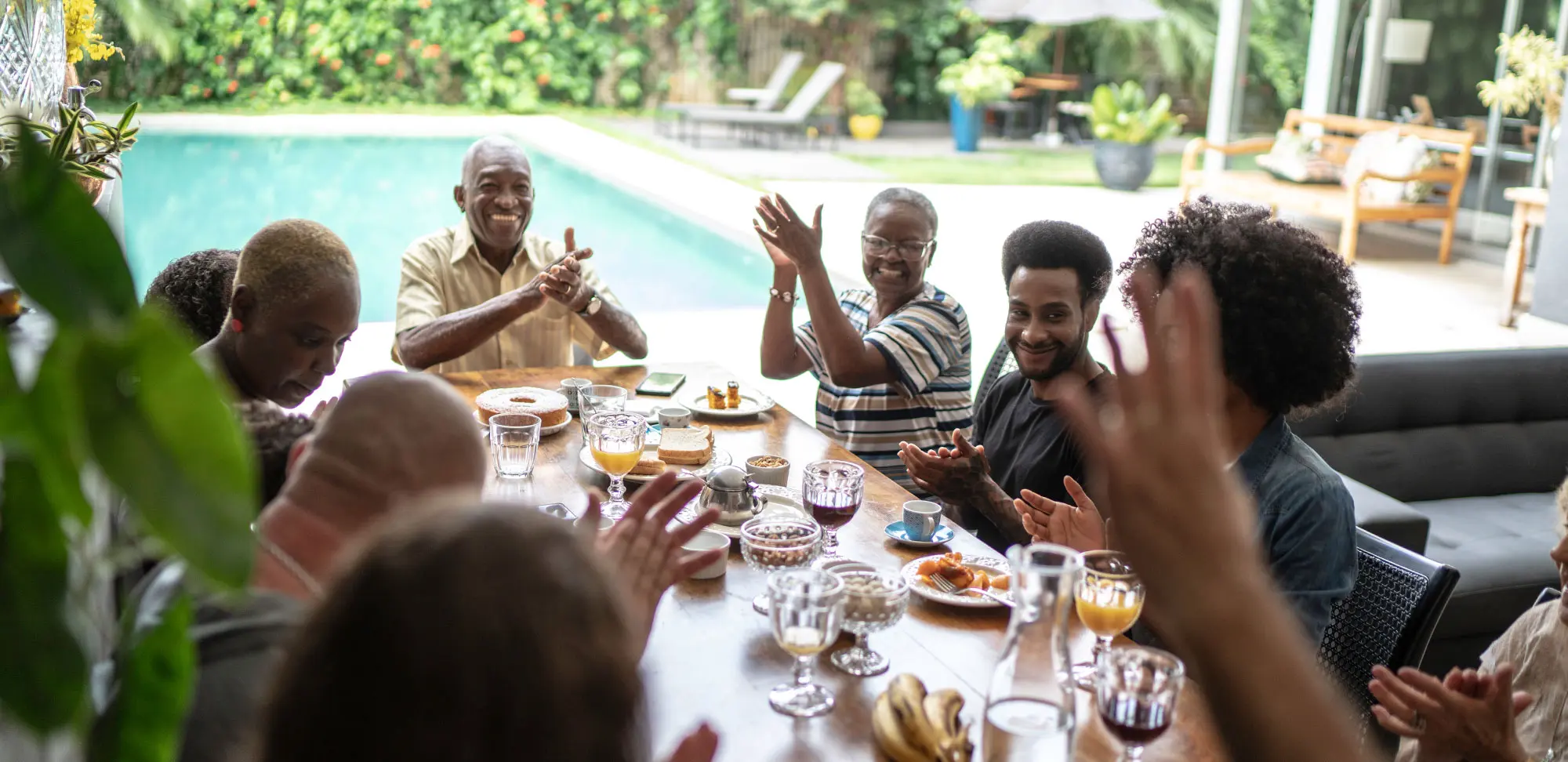Age discrimination is often not taken as seriously as other forms of discrimination, but it can have the same economic, social and psychological impact as any other type of discrimination.
People often don’t think about ageism until it lands with an ominous thump at their doorstep. But Dr. Paula Rochon, the RTOERO Chair in Geriatric Medicine, explains that “ageism hits at both ends of the spectrum. It’s a bi-directional issue shared by both younger and older adults.”
Ageism, as defined by the World Health Organization (WHO), occurs when age is used to categorize or divide people in ways that lead to harm, disadvantage and injustice and that erode solidarity across generations.
The National Institute on Ageing (NIA), a Ryerson University think tank, recently completed a landmark report on older adults and social isolation, funded by an RTOERO grant.
“We don’t know if 30 per cent of the population is dealing with isolation or 80 per cent — and that’s a big range,” says the NIA’s executive director, Michael Nicin. “But we have a better understanding of isolation. The various ways it manifests physically, mentally, psychologically.”
Nicin adds, “With a complex problem, you’re not going to have a silver bullet to solve it. There’s going to be portions of the problem that government should tackle, portions society has to tackle, portions where families have to talk.”
The generational divide can be bridged through meaningful connections. Younger adults are engaging with older adults while assisting them with technology. Diversity and inclusion trainers are educating employees on working with older adults.
“Like climate change, aging is a mega trend right now. It needs the government’s attention. I’m hoping to make sure our research gets translated into public discourse.”
-Surbhi Kalia
Rochon, now in her second five-year term as chair, talks about the merits of sharing knowledge within multigenerational connections. For example, older adults can advise younger adults on being stereotyped as too young to handle the responsibility of a classroom.
“The wisdom older adults have, to give you guidance because they want to share, can be incredibly valuable,” she says.
Sharing your home is another way to combat isolation and ageism.
“Students live with an older person in exchange for helping them with chores and grocery shopping,” explains Nicin. “The older person gets a bit of help. The younger person gets discounted rent. Just by living together, you create intergenerational connections.”
Women, LGBTQ2I, BIPOC (Black, Indigenous and people of colour) and other marginalized groups have often been overlooked in discussions around how they want to live as they age. But that’s changing.
“More people are living longer and they’re starting to speak up about lost opportunities and bigotry,” says Nicin. “If you’re a trans person, life is already harder. And so, I think the way we’re starting to think about bigotry and discrimination is that treatment of people is not necessarily about ‘What’s your sexuality?’ but rather ‘How does it all add up together?’”
“That requires people to deal with the person in front of them and that complexity of who we are as individuals,” he says.
As founding director of the Women’s Age Lab at Women’s College Hospital, Rochon cites the lab’s study of older women’s health — although as she notes, “When we study women, we’re going to learn about other groups, including men.”
Her research team addresses issues of gendered ageism, aging in place, medical therapies and social connectedness. Strategy lead Surbhi Kalia translates research into practice through storytelling and events. The challenge: “From a government perspective, we don’t have a proper policy framework. There’s pockets of things happening, but they’re not coordinated in a concerted effort.”
Kalia explains that Japan, Singapore and Germany support their aging populations with government initiatives. “Like climate change, aging is a mega trend right now. It needs the government’s attention. I’m hoping to make sure our research gets translated into public discourse.”
Rochon adds, “There are ways you can make opportunities and create those connections. The current ideas are going to come from people thinking creatively of what they have to offer that could be of value.”
Says Mike Prentice, executive director of the RTOERO Foundation, “With medical advances, each passing year, people are living longer. We won’t be able to get through our lives without a direct relationship with somebody who’s 65 and older and not a relative.”
A new NIA Summer Scholars’ research program enables two students, over the next five years, to lead projects that focus on recognizing and understanding the issues of Canada’s older adults.
Says executive director Nicin, “RTOERO is able to provide funding. As part of that partnership, our summer students deliver their learning objectives and results to our membership. They’ll interact. That’s a way that we, at Ryerson, are creating some of these connections.”
